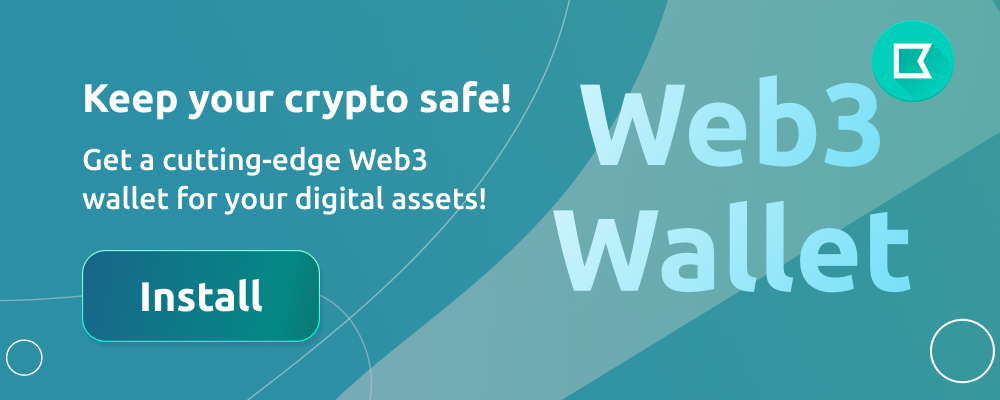

Blockstack (STX) Price and Review 2023
Blockstack is a decentralized computing platform that aims to give users greater control over their personal data and digital identities. Built on top of the Bitcoin blockchain, the platform enables developers to build decentralized applications (dApps) that prioritize user privacy and data ownership. In this review, we'll take a closer look at Blockstack and explore some of its key features.
Decentralized Identity
One of Blockstack's main features is its decentralized identity system. Blockstack enables users to create a unique digital identity that is secured by the Bitcoin blockchain. This identity is fully owned and controlled by the user and can be used to authenticate with any Blockstack-enabled dApp.
Unlike traditional social media and identity systems, Blockstack's decentralized identity system gives users complete control over their personal data. Users can choose which information to share with each application and can revoke access at any time. This helps to prevent data breaches and protects users' privacy.
Smart Contracts
Blockstack also includes a smart contract language called Clarity. Clarity is designed to be secure, predictable, and easy to audit. Unlike other smart contract languages, Clarity makes it easy to determine the total cost of a contract before it is executed. This helps to prevent unexpected fees and ensures that contracts can be executed predictably.
Smart contracts are an important feature of decentralized applications because they enable developers to create programmable agreements that can be executed automatically. This can help to reduce the need for intermediaries and increase the efficiency of certain processes.
Decentralized Storage
Blockstack also includes a decentralized storage system called Gaia. Gaia enables developers to build decentralized applications that store user data in a way that is fully owned and controlled by the user. Users can choose where to store their data and can revoke access at any time.
By using a decentralized storage system, Blockstack aims to reduce the risk of data breaches and increase user privacy. Since the user's data is stored in a decentralized manner, it is more difficult for hackers to access it. Additionally, since users own and control their data, they can choose which applications to grant access to and can revoke access at any time.
Stacking
Blockstack includes a mechanism called "Stacking" that enables STX token holders to earn rewards for helping to secure the network. To participate in Stacking, users must lock up their STX tokens for a set period of time. During this time, their tokens are used to help validate transactions on the network.
In return for helping to secure the network, users can earn additional STX tokens as a reward. The amount of rewards that users can earn is determined by the amount of STX tokens they have locked up and the duration of the lock-up period.
Blockstack Browser
Finally, Blockstack includes a browser that is specifically designed for accessing decentralized applications. The Blockstack Browser enables users to authenticate with dApps using their Blockstack ID and gives users complete control over their personal data.
The browser is also designed to be more secure than traditional web browsers. Since Blockstack applications are built on top of the Bitcoin blockchain, users can be sure that their data is secured by a network that has proven to be highly resistant to attacks.
Conclusion
Overall, Blockstack is an interesting project that aims to provide users with greater control over their personal data and digital identities. By using decentralized technologies like the Bitcoin blockchain, Blockstack aims to reduce the risk of data breaches and increase user privacy.
While the project is still in its early stages, it has already gained a significant amount of traction among developers and users. With its unique features like decentralized identity, smart contracts, and Stacking, Blockstack is poised to become an important player in the decentralized application space.

Stacks has an app and its own Stacks blockchain which is a good indication for a new coin.



